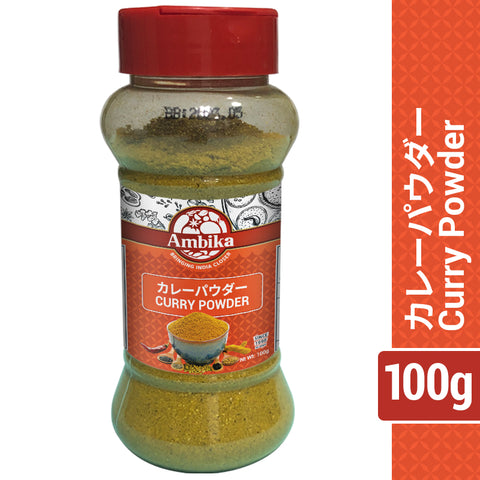What Are Soya Chunks?
Soya chunks, also known as textured vegetable protein (TVP), are a popular plant-based meat alternative made from defatted soybean flour. These bite-sized nuggets are packed with protein, making them an excellent choice for vegetarians, vegans, and anyone looking to incorporate more sustainable protein into their diet.
Despite their simple appearance, soya chunks have an incredible ability to absorb flavors, mimicking the taste and texture of meat. Whether added to curries, stir-fries, or even kebabs, they offer a hearty and satisfying bite while being completely plant-based.

The Origin of Soya Chunks: A Nutritional Innovation
Soya chunks were first developed as a byproduct of soybean oil extraction in the mid-20th century. Food scientists discovered that defatted soybean flour could be processed into a high-protein, shelf-stable ingredient, perfect for replacing meat in various dishes.
Initially used as a cost-effective protein source, soya chunks quickly gained global popularity due to their impressive nutritional benefits, affordability, and long shelf life. Today, they are a staple in many vegetarian and vegan diets, offering a sustainable and nutritious alternative to animal protein.

Why Soya Chunks? The Perfect Vegetarian Substitute
Soya chunks have earned their place as one of the best meat alternatives available. Here’s why they are a game-changer for plant-based diets:
✔ High in Protein – Surpassing many other plant-based sources like lentils and tofu.
✔ Rich in Nutrients – Packed with fiber, iron, and calcium, making them a well-rounded addition to any diet.
✔ Low in Fat & Cholesterol-Free – Unlike meat, soya chunks contain no cholesterol and very little fat, making them heart-healthy.
✔ Incredibly Versatile – Their neutral taste allows them to absorb flavors from spices, marinades, and sauces, making them adaptable to various cuisines.
✔ Sustainable & Eco-Friendly – Producing soya chunks has a significantly lower environmental impact compared to meat production, making them a greener choice.

The Versatility of Soya Chunks: A Culinary Chameleon
One of the biggest reasons for the growing popularity of soya chunks is their ability to adapt to different cooking styles and flavors. Here’s how they can be used in different cuisines:
● Curries & Stews – Soya chunks soak up rich gravies, making them the perfect substitute for meat in Indian and Asian dishes.
● Stir-Fries & Noodles – Their chewy texture pairs well with bold seasonings, working beautifully in Chinese, Thai, and Japanese dishes.
● Burgers & Kebabs – When minced, soya chunks make excellent vegetarian patties and skewers.
● Salads & Wraps – Marinated and grilled, they add a protein boost to fresh salads and sandwiches.
With their quick cooking time and ability to mimic meat textures, soya chunks are a must-have ingredient for both home cooks and professional chefs.

Fusion Delight: Indo-Japanese Soya Chunk Katsu Curry
Now that we understand the power of soya chunks, let's explore a delicious fusion dish that blends the crunchy goodness of Japanese katsu with the bold spices of Indian curry—the Indo-Japanese Soya Chunk Katsu Curry.
What Makes This Dish Special?
Japanese katsu curry is a beloved comfort food, typically featuring breaded and fried cutlets served with a mild, savory curry sauce. Our vegetarian version replaces the traditional meat cutlets with crispy, golden-fried soya chunks, while keeping the signature thick and flavorful Japanese-style curry.
The result is a perfect balance of crunch, spice, and umami—all in one comforting bowl.

How to Make Indo-Japanese Soya Chunk Katsu Curry
Ingredients
For the Soya Katsu:
- 1 cup soya chunks
- ½ cup all-purpose flour (or chickpea flour for a gluten-free option)
- 1 egg (or flax egg for a vegan alternative)
- 1 cup breadcrumbs (panko preferred for extra crispiness)
- Salt and pepper to taste
- Oil for shallow frying
For the Japanese Curry Sauce:
- 1 onion, finely chopped
- 1 carrot, diced
- 1 potato, cubed
- 1 tbsp curry powder
- 2 cups vegetable broth
- 1 tsp soy sauce
- 1 tsp ketchup
- 1 tsp worcestershire sauce (Vegetarian version)
- 1 tsp ginger-garlic paste
- 1 tbsp flour (for thickening)
- Chili powder to taste
To Serve:
- Steamed rice
- Chopped green onions or sesame seeds (optional for garnish)
Step-by-Step Instructions
- Prepare the Soya Chunks: Soak the soya chunks in hot water for 10 minutes. Squeeze out excess water and season with salt and pepper.
- Coat and Fry: Dust each soya chunk with flour, dip in the egg (or flax egg), and roll in breadcrumbs. Shallow fry until golden and crispy. Set aside.
- Make the Curry Sauce: Sauté onions until golden, then add carrots, potatoes, and ginger-garlic paste. Stir in curry powder soy sauce, ketchup, worcestershire sauce. Sprinkle in flour and mix well before adding vegetable broth. Let simmer until thick and rich.
- Assemble the Dish: Serve crispy soya katsu over a bed of steamed rice, ladle the flavorful curry sauce on top, and enjoy the perfect blend of textures and flavors.
A Dish That Bridges Two Cultures
Indo-Japanese Soya Chunk Katsu Curry is a celebration of flavors and cultures—a crispy, comforting, and nutrient-rich dish that combines the best of Japanese and Indian cuisine. Whether you're a vegetarian, a fan of fusion foods, or simply looking for a wholesome, delicious meal, this dish is a must-try.






